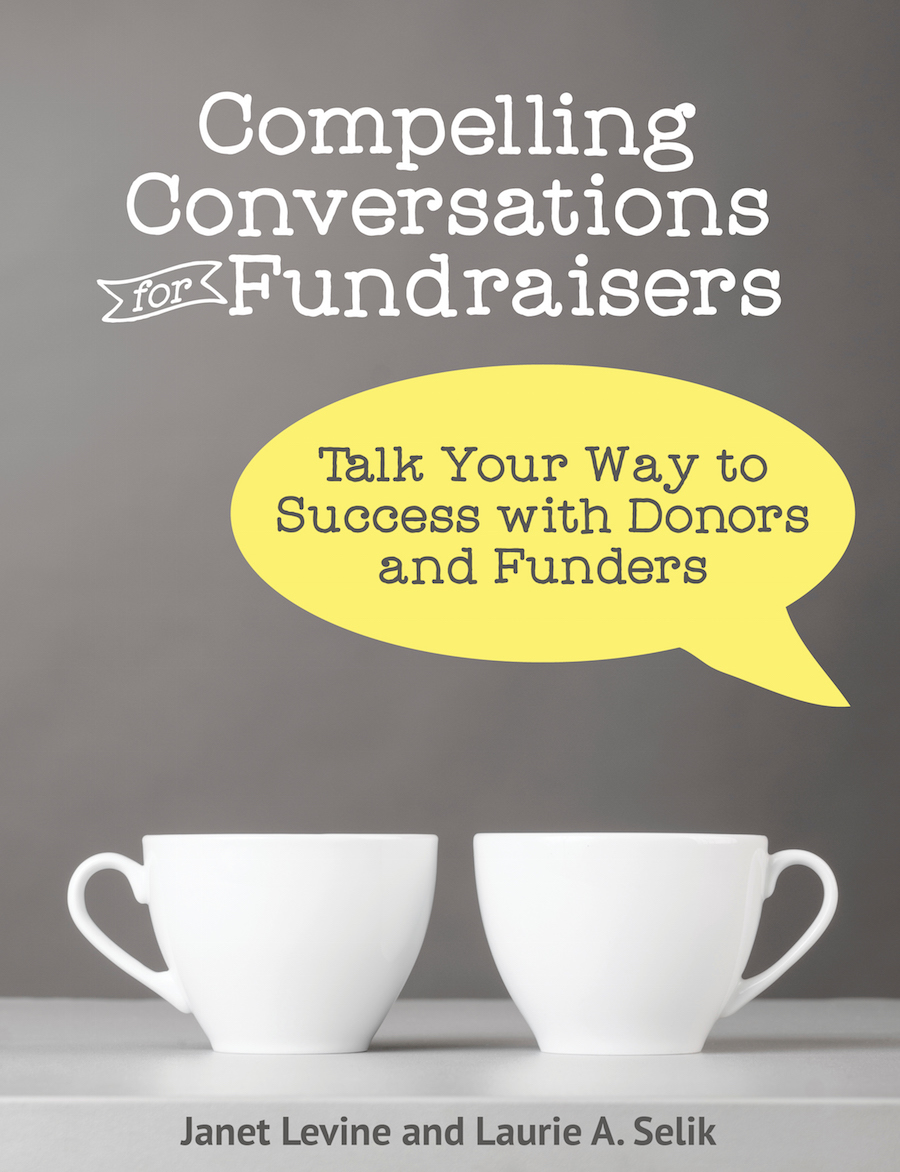Are You Cultivating or Just Touching?
Cultivation. The steps you take to move a prospect closer to becoming a donor. All the things you do to build a relationship; the way you make your donors feel that they are a part of your organization and that they, and their gifts, matter.
Cultivation is made up of “touches”—the things you do that educate, involve, excite your donors about your mission and the work you do.
a donor. All the things you do to build a relationship; the way you make your donors feel that they are a part of your organization and that they, and their gifts, matter.
Cultivation is made up of “touches”—the things you do that educate, involve, excite your donors about your mission and the work you do.
While every touch contributes to cultivation, it is important to understand that not every touch translates into be a cultivation step.
If you send a newsletter to your donor list, that is a touch—an important one. But it is not, by itself, a cultivation step.
For starters, you don’t even know if the donor opened—let alone read any of the articles in—your newsletter. And, because it is a one-way touch, you don’t have any reason to believe that the donor was moved to make a(nother) gift.
As you develop your cultivation plan, you probably will end up with a lot of touches and only a few actual cultivation steps. Let’s consider that newsletter you send this month.
By itself, it is a touch that keeps your name in front of your donor. That is important, but to cultivate, you need more.
More might be a call or a meeting where you actually talk about one of the articles in the newsletter or (even better when appropriate) where you ask if the donor would be willing to be spotlighted in the next issue.
More could also be asking the donor to be part of a focus group to discuss the newsletter and help you to make it better, more informative, of more interest to your community.
While cultivation is something that is usually thought about in raising major gifts, there is much to be said about cultivating your annual donors—even your smaller givers.
That way, each year as you make your ask (appeal), you don’t have to work so hard to remind them why you matter (and why they matter to you). If you’ve been touching and cultivating them throughout the year, they will be more likely to say yes. Your attrition rates will drop and the effectiveness of your annual giving program will go up.
For major givers, most of your cultivation steps will involve being face to face. For smaller donors, this is impractical. But you can still reach out more personally.
Let’s think about that newsletter. Try sending a personal email or note, revealing the “story behind the story” about something that appeared. “As a long-time donor,” OR “As someone who have just become involved with us…” I thought you would interested in learning the back story about our new garden.
Create a short survey and ask smaller donors to rate the newsletter (keep the survey short—4-5 questions, max.) and then send them not just a thank you for participating (if they did) but also a report on what you learned. Send that to everyone, even if they didn’t respond, saying, “Your thoughts still count. Although you didn’t respond to the first survey, we hope you will let us know if you agree or disagree with the rest of our readers! What you think matters to us.”
Each time you touch a donor (or a prospective donor), think if by itself it is enough to move that donor to action. If not, consider what else you can do to truly cement the relationship.
Donors give because you ask, but they only give regularly to those organizations they love. And love is best when it is reciprocal and constant.
Janet Levine works helps nonprofits move from mired to inspired. She can help you to better cultivate your donors and increase your fundraising results. Learn more at www.janetlevineconsulting.com. While there, sign up for the newsletter and arrange for a free 30-minute consultation.
Become fluent in fundraising! 
Available at Amazon
